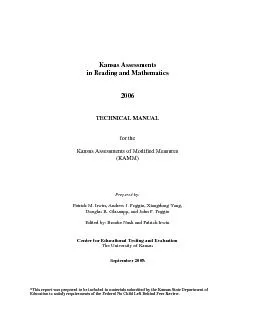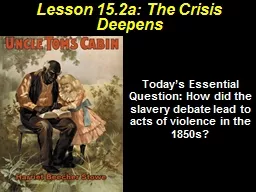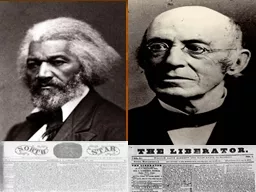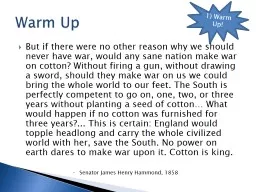PDF-2006 Kansas Technical Manual Purpose of the Technical Report....
Author : okelly | Published Date : 2020-11-23
NCLB Peer Review 2 CETE September 2008 2006 Kansas Technical Manual 2 INTRODUCTION AND ORIENTATION KAMM Test Technical CharacteristicsThe Kansas Assessment of Modified
Presentation Embed Code
Download Presentation
Download Presentation The PPT/PDF document "2006 Kansas Technical Manual Purpo..." is the property of its rightful owner. Permission is granted to download and print the materials on this website for personal, non-commercial use only, and to display it on your personal computer provided you do not modify the materials and that you retain all copyright notices contained in the materials. By downloading content from our website, you accept the terms of this agreement.
2006 Kansas Technical Manual Purpose of the Technical Report....: Transcript
Download Rules Of Document
"2006 Kansas Technical Manual Purpose of the Technical Report...."The content belongs to its owner. You may download and print it for personal use, without modification, and keep all copyright notices. By downloading, you agree to these terms.
Related Documents














